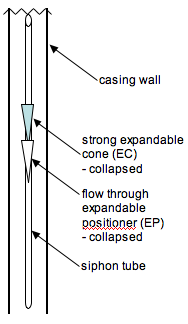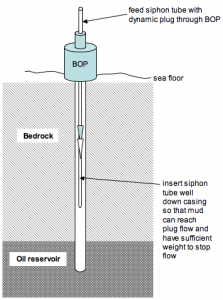I note that 2010 has been reported to be the second hottest year on record after 2005, and that 9 of the top 10 hottest years on record start with a 2. I also note as we watch the floods in Victoria (a couple 1 in 200 yr events) immediately following the major floods in Queensland with their massive losses and areas covered that are bigger than many countries, which are proceeded by major floods in 2010 in the USA, Europe and Pakistan, that there is a direct tie-in to climate change.
Remember, climate change isn’t about the weather, to which I would include these individual events. But climate change is about shifts in weather patterns such as la nina and el nino, that do lead to localised weather events which are extreme. Remember that the heating of the planet by a couple degrees isn’t likely to be manifested as a uniform rise everywhere. It is far more likely to manifest itself like any system that more heat is added to, through the addition of more chaos. Think of a pot of boiling water that moves and mixes itself more and more rapidly until it boils. The previous example of this I noted that appear to be on the increase are cyclones (hurricanes).
Another effect of the rise in temperature is the carrying capacity of air to hold water. All gases can contain more water vapour as they rise in temperature. This larger mass of water is then available to be removed from the air in localised events (torrential rains) as have been tied to all of the flooding events identified above. Clearly, lots of additional water has been stored in the atmosphere in 2005 as compared to cooler years, and this year it has been triggered to fall in large amounts, through the otherwise normal patterns driven by the Southern Oscillation Index (SOI) of la nina and el nino.
The patterns here in Australia tend to mean we have no “average” weather, but instead have periods of drought followed by periods of flood, with this years floods breaking what is about a 9 year drought most everywhere. The only difference in this year’s rains are the extreme volumes of them over almost the whole country. So, while I think the patterns are normal, I suggest that the volumes of rain that have caused the floods we have this year may be a local sign of a global problem of climate change.



